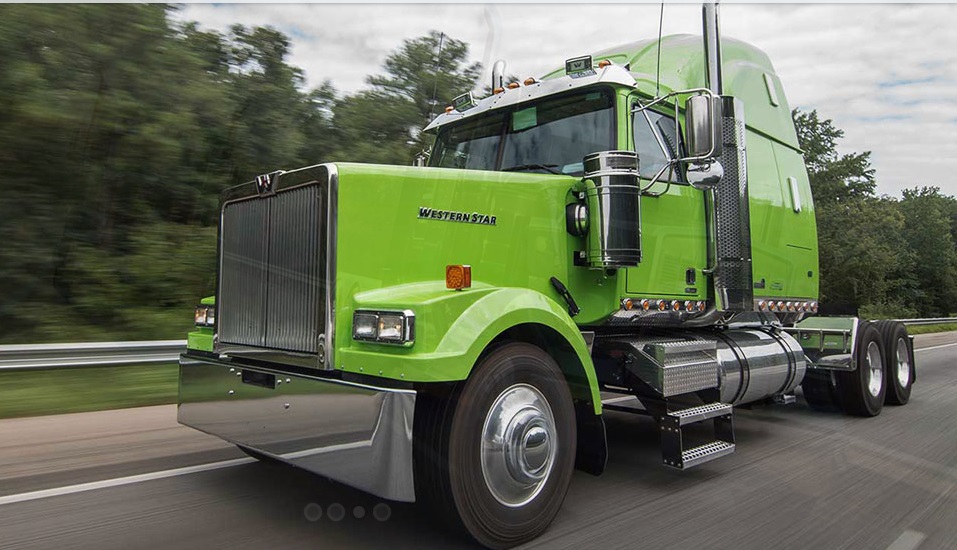The California Public Utilities commission on Thursday approved the largest public electric vehicle charging package in U.S. history, according to the Natural Resources Defense Council.
NRDC senior attorney Max Baumhefner, who lobbied for the program, says it is designed to set electricity up as a direct competitor to gasoline as a transportation fuel.
"This marks the nation’s single largest investment by the electric industry to eat away at Big Oil’s longtime monopoly over transportation fuels," he said.
Baumhefner indicated that the program could pay for itself over time by increasing competition and driving down fuel costs and electric rates.
"Diverting billions of gasoline and diesel fuel dollars that would otherwise go to oil companies can help lower transportation fuel bills—and also utility bills because electric vehicles can be charged when there is spare capacity in the electric grid. This spreads the costs of maintaining the grid over more sales, putting downward pressure on electric rates to the benefit of all utility customers."
DON'T MISS: California leads US in electric-car use, planning: here's what others can learn
The $738 million package targets investments from the state's three largest utilities, PG&E, Southern California Edison, and San Diego Gas and Electric over five years.
The San Diego Gas and Electric program will subsidize the largest roll-out of home charging stations, especially focused on multi-family residences where it has been difficult to get charging stations installed.
The SDGE chargers will also be the first equipped with smart meters that will update rates hourly to ensure that when cars are plugged in at home, they charge at the lowest cost.

Western Star semi tractor used to promote Fitzgerald Glider Kits
The other investments will mainly go toward funding for behind-the-scenes infrastructure to power commercial vehicle fleets such as buses and trucks, including those at the ports of Los Angeles and Long Beach, where 40 percent of the nation's imported goods enter the country. Studies have long shown that nearby residents are disproportionately impacted by ailments stemming from diesel exhaust.
Other programs have funded the transition to electric trucks at the ports, but the efforts have stalled because the ports and the surrounding areas don't have enough high-voltage transformers and other necessary infrastructure to support the needed fast charging, says Baumhefner. This Southern California Edison program will help pay for those upgrades.
"The cost of batteries has been reduced so much more quickly than expected that we're now talking about electrifying much bigger vehicles than we ever thought we would be at this point," says Baumhefner. "But the cost of trenching, pouring concrete, and installing transformers is not getting lower, so this program will help pay for those efforts."
READ THIS: PG&E launches program to install 7,500 electric-car charging stations in California
The backbone infrastructure that the programs fund will also be used to power expanding public fast-charging networks from EVgo, Electrify America, Chargepoint, and others.
Although plug-in cars make up less than 2 percent of car sales, and most of those are in California, charging infrastructure in the state hasn't kept up with the growth of electric cars sold there, says Baumhefner. That means that drivers with electric cars running low on juice may get to a charging station and find all the stalls occupied.
CHECK OUT: Electric cars now 5 percent of California new-car sales: report
Baumhefner says cars are just the beginning. Building up the electrical infrastructure to charge trucks and buses, and developing charging stations with built-in smart meters will pave the way to convert other parts of the transportation network to electricity, he says.
"We've done a pretty good job of telling the utility industry to clean up the power grid," he says. "Now we're going to use that power grid to clean up transportation."












